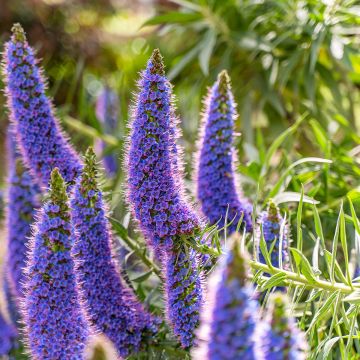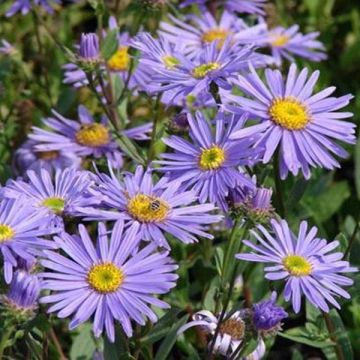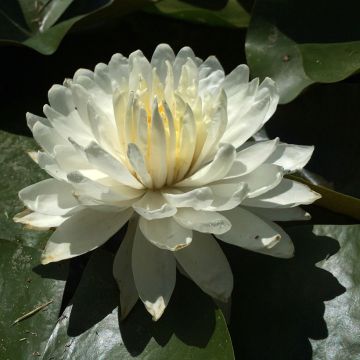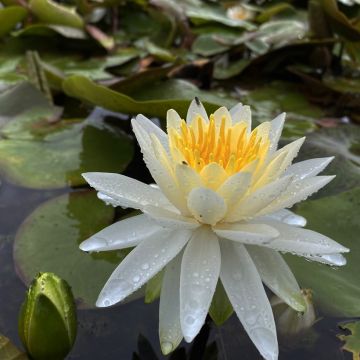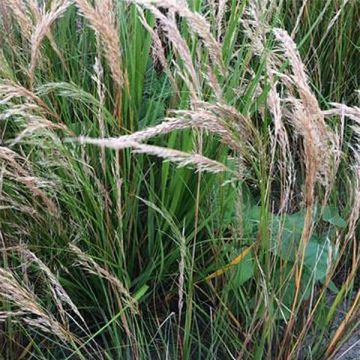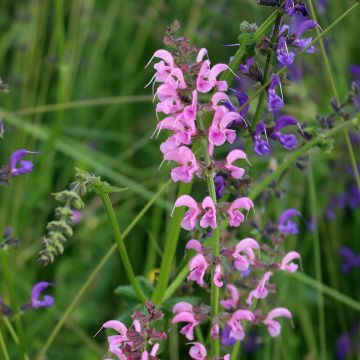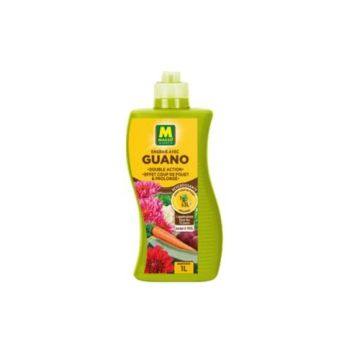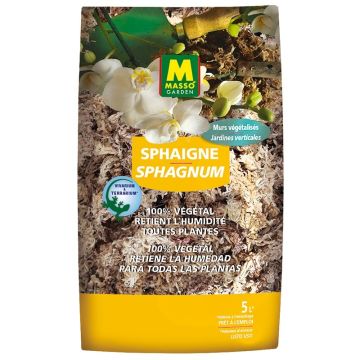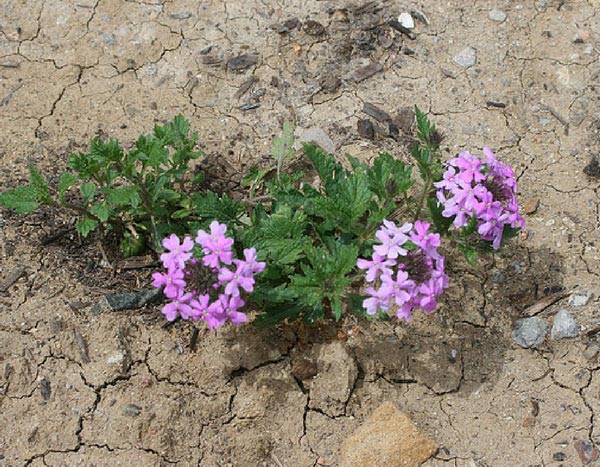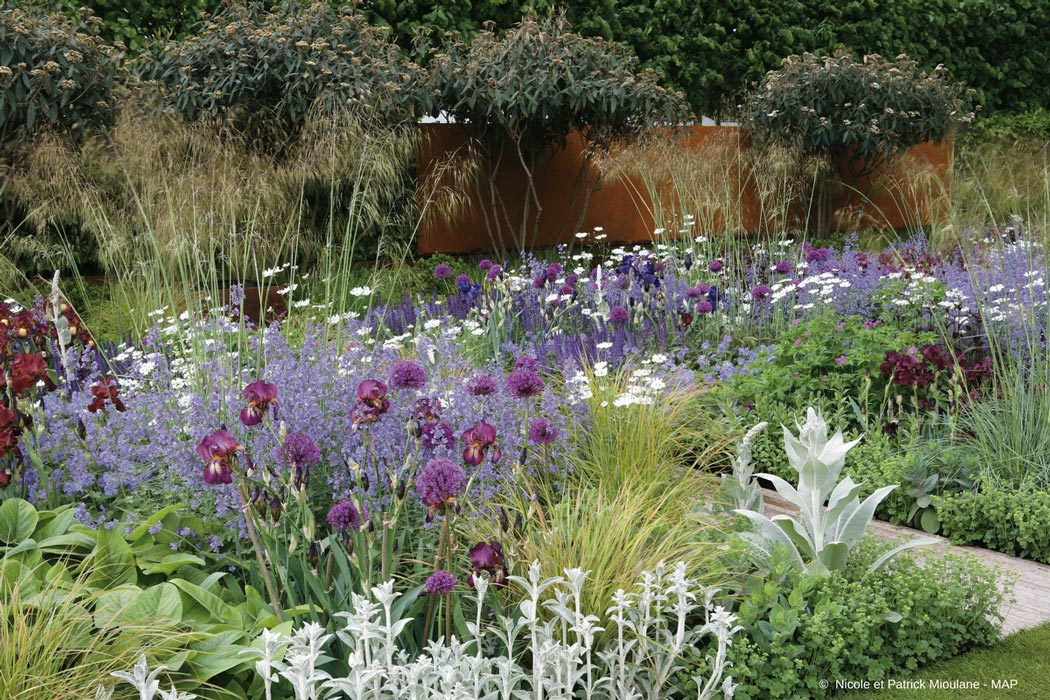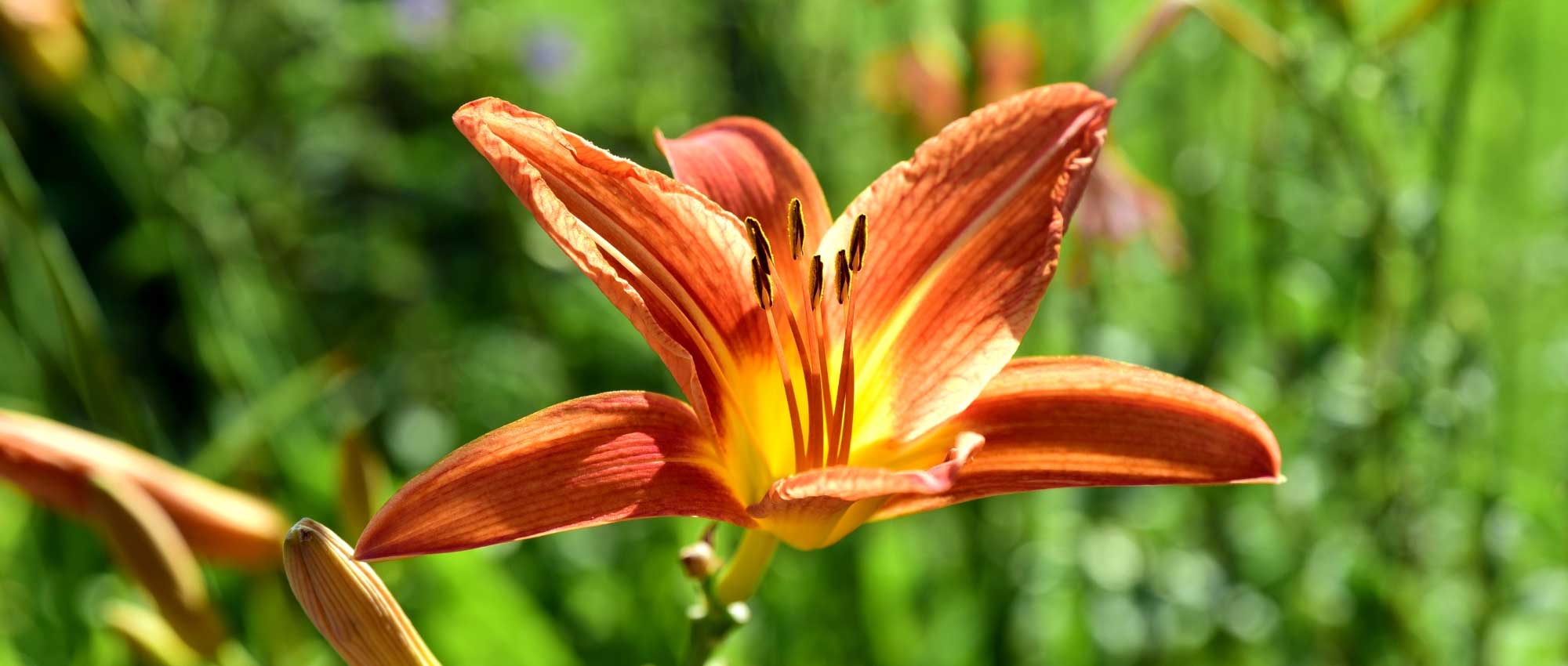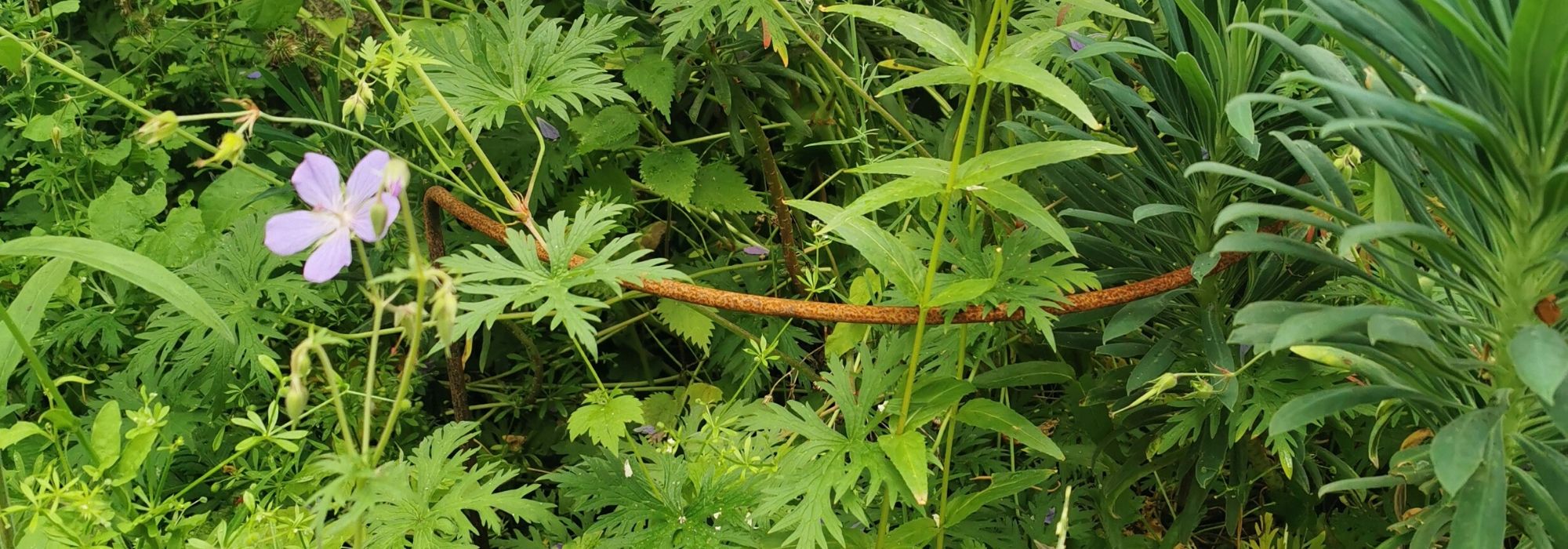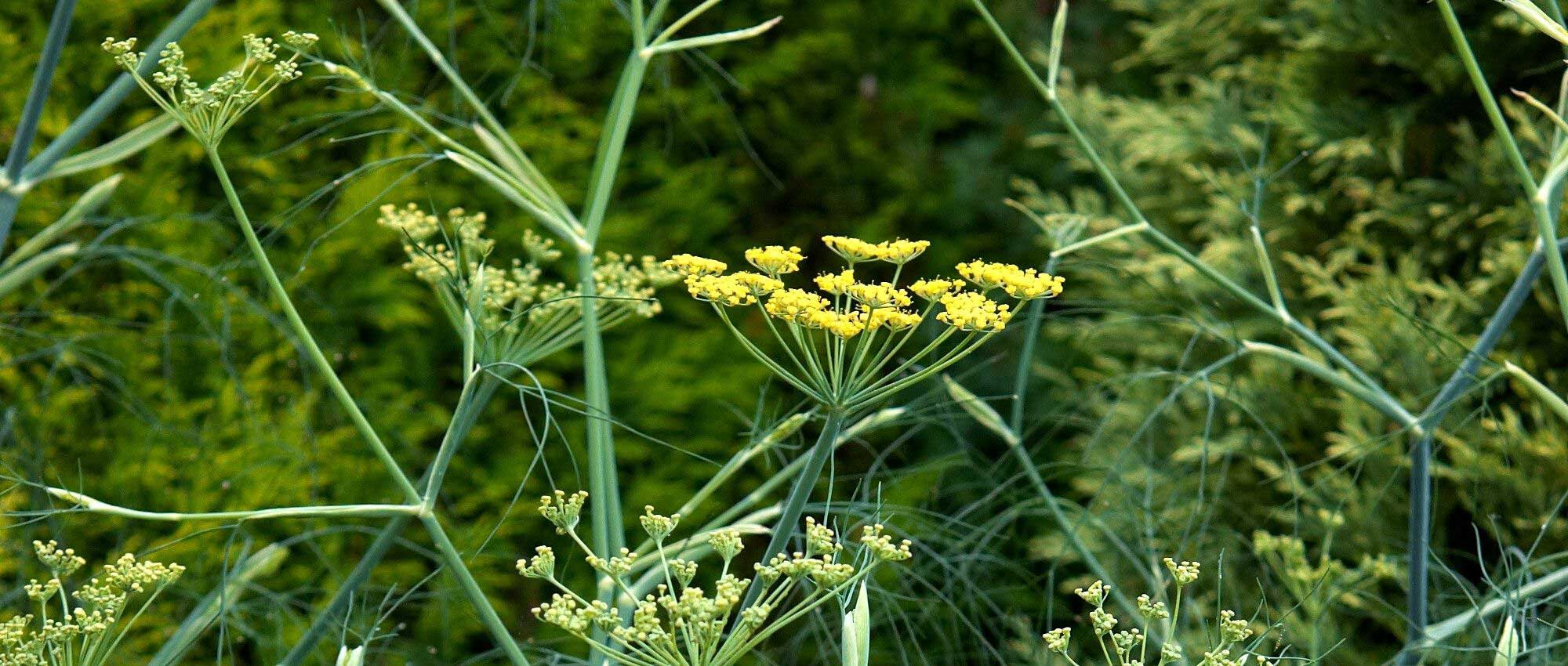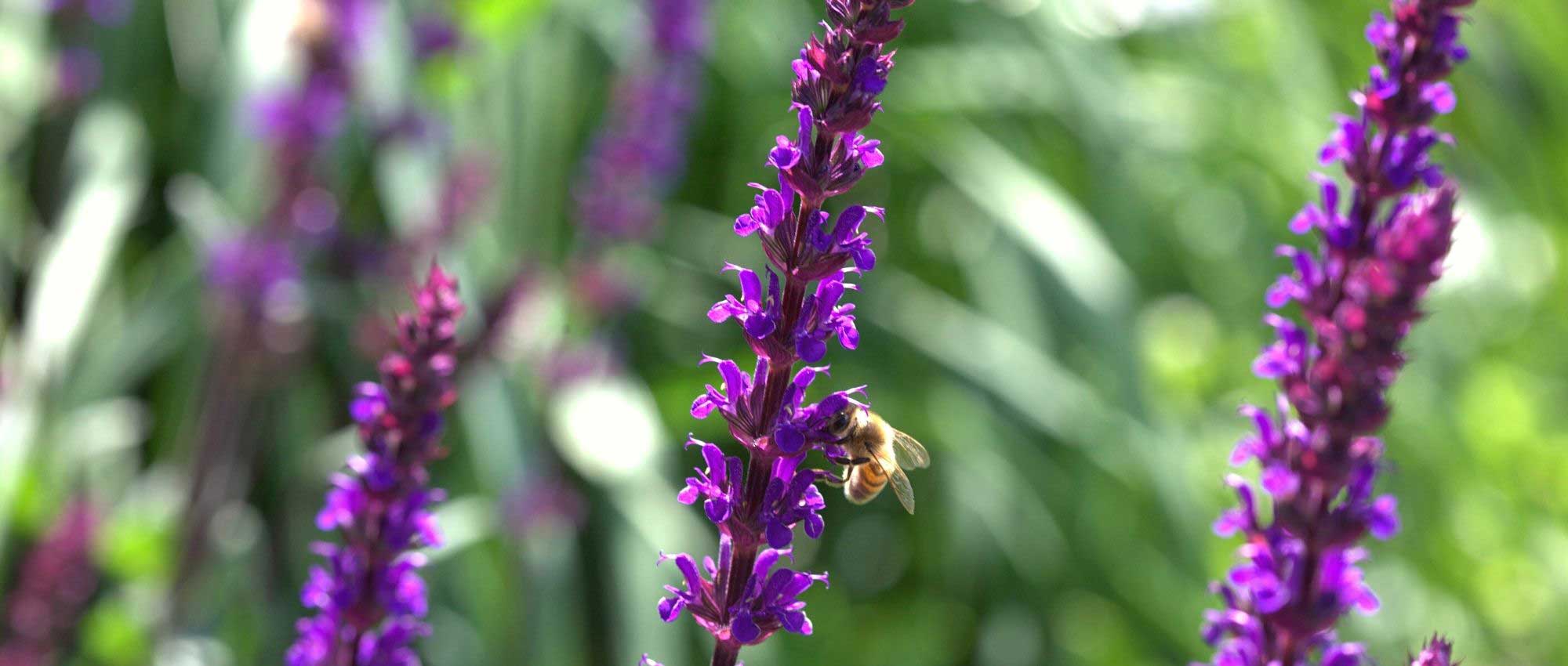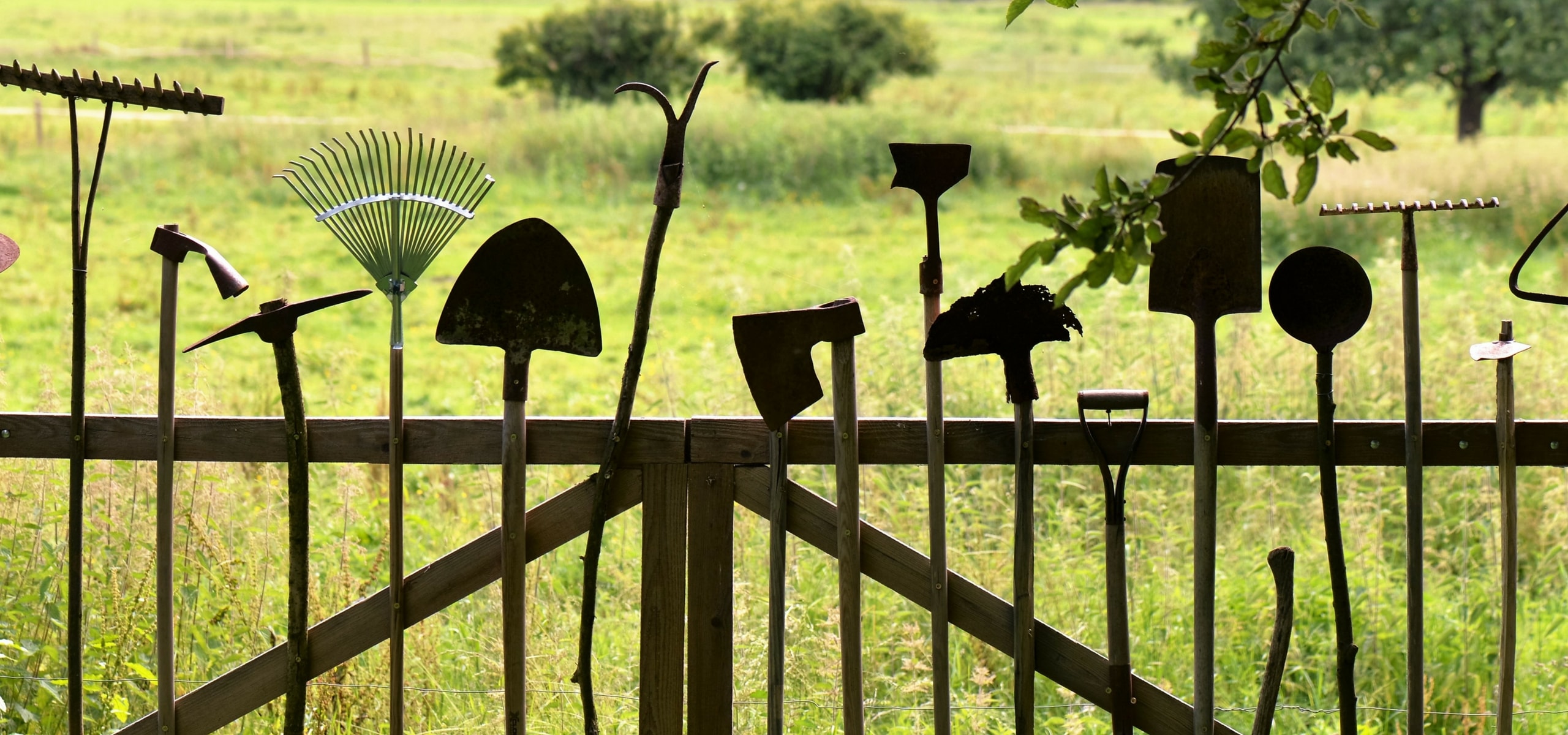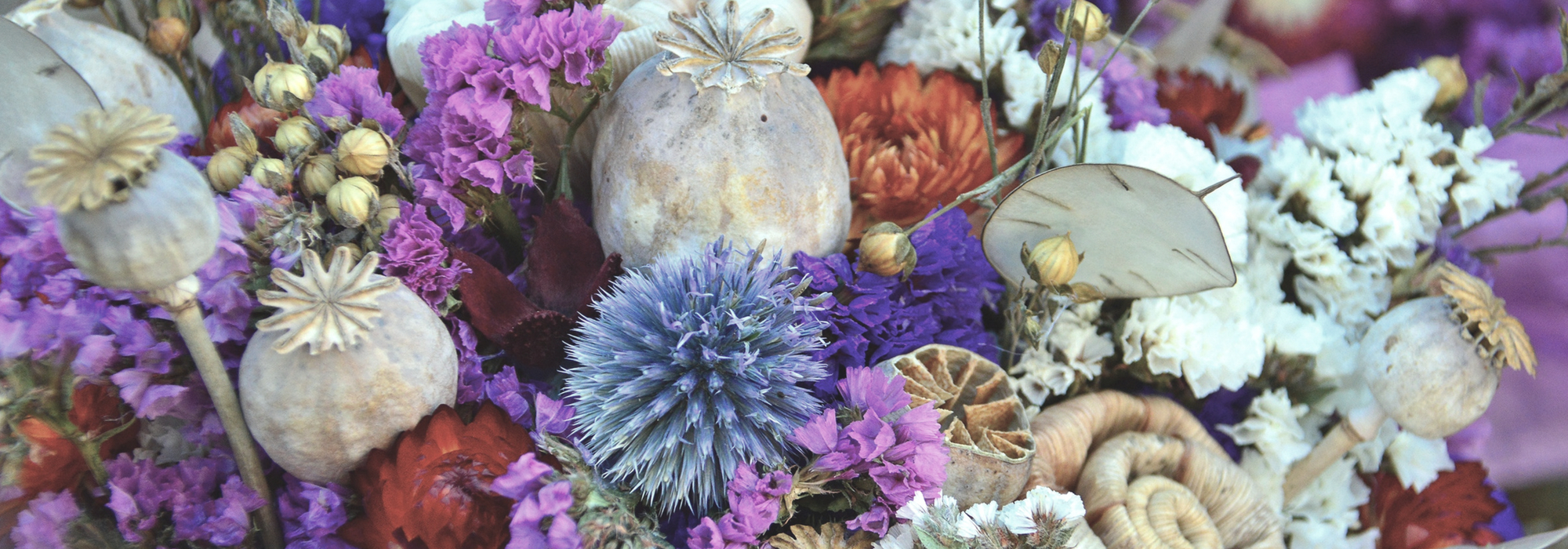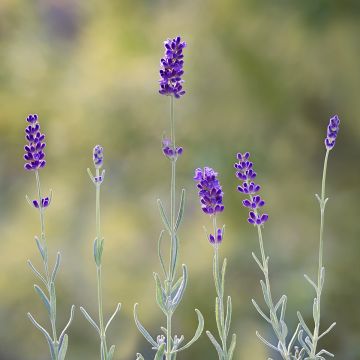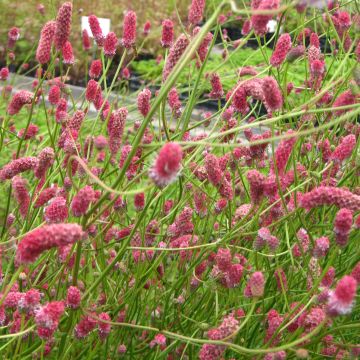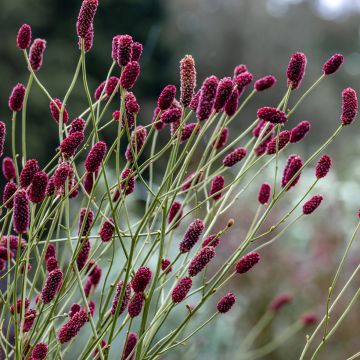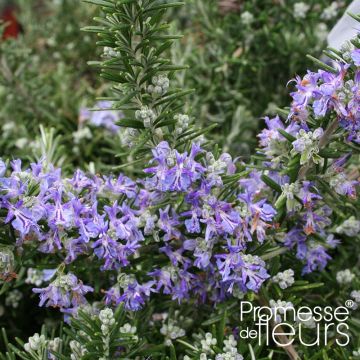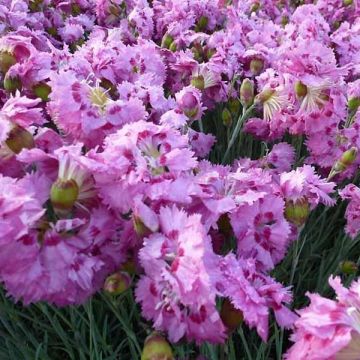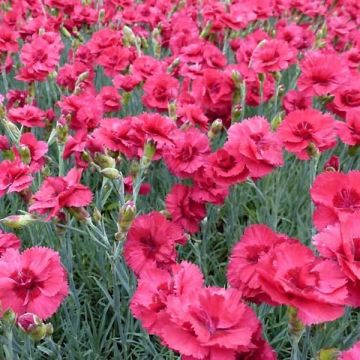

Dietes bicolor Milky Way - African Iris


Dietes bicolor Milky Way - African Iris


Dietes bicolor Milky Way - African Iris


Dietes bicolor Milky Way - African Iris


Dietes bicolor Milky Way - African Iris


Dietes bicolor Milky Way - African Iris


Dietes bicolor Milky Way - African Iris
Dietes bicolor Milky Way - African Iris
Dietes bicolor 'DBV001' Milky Way
Yellow wild iris, butterfly flag, fortnight lily, peacock flower, African iris
Special offer!
Receive a €20 voucher for any order over €90 (excluding delivery costs, credit notes, and plastic-free options)!
1- Add your favorite plants to your cart.
2- Once you have reached €90, confirm your order (you can even choose the delivery date!).
3- As soon as your order is shipped, you will receive an email containing your voucher code, valid for 3 months (90 days).
Your voucher is unique and can only be used once, for any order with a minimum value of €20, excluding delivery costs.
Can be combined with other current offers, non-divisible and non-refundable.
Home or relay delivery (depending on size and destination)
Schedule delivery date,
and select date in basket
This plant carries a 12 months recovery warranty
More information
We guarantee the quality of our plants for a full growing cycle, and will replace at our expense any plant that fails to recover under normal climatic and planting conditions.
Does this plant fit my garden?
Set up your Plantfit profile →
Description
Dietes bicolor Milky Way is a variety of wild Iris that stands out for its vigour and variegated foliage in soft green and cream. It forms a dense, bold clump, evergreen in winter, and highly decorative. In favourable climates, it produces a few pale yellow, rounded iris flowers with brown speckles in spring and summer. Easy to grow in good compost, it is a less hardy plant that thrives in pots, perfect for placing among other perennials during the warmer months; it will make a striking impact.
Dietes bicolor ‘Milky Way’, from the Iridaceae family, originates from the South African species Dietes bicolor, also known as Wild Iris, Spanish Iris, False Iris, or African Iris. Selected by De Wet Plant Breeders in South Africa, this cultivar is protected under the name ‘DBV001’. It differs from the standard species due to its variegated foliage and more compact habit. Native to the coastal regions of southern Africa, particularly the Eastern Cape, Dietes bicolor grows naturally in damp areas near streams and marshes. It is a rhizomatous perennial that tolerates dry spells once well established.
The Spanish Iris Milky Way forms dense clumps of ribbon-like, evergreen leaves, reaching up to 90 cm in height and 60 to 75 cm in width at maturity. In pots, it remains more compact, around 50 to 60 cm tall. Its growth is moderately fast. The fine and upright, evergreen foliage is variegated in soft green and cream. The flowers appear mainly from late spring to summer (from June to August, depending on the climate); they are less abundant in this cultivar than in the standard species. They bloom on slender stems, bearing panicles of 3 to 6 well-opened flowers measuring 4 to 6 cm in diameter, composed of 6 tepals. Their pale yellow colour is marked with a small purplish-brown spot at the base of the larger tepals. They last only a day or two but are renewed throughout the summer in moist soil. Pollination is carried out by insects. The fruits are ovoid capsules containing seeds, but the plant spreads mainly via its rootstock. The root system is not invasive but remains effective for stabilising soil.
Dietes bicolor Milky Way will perform best in mild seaside climates. It requires plenty of sun and some warmth to flower and tolerates coastal conditions. A truly attractive plant in many ways—bright, opulent, and airy—it is stunning in contemporary settings. This perennial is also excellent in containers on patios or balconies during the warmer months. Pair it, for example, with Pennisetum alopecuroides ‘Hameln’, Cordyline ‘Can Can’ to play with colours, or with the shrubby sage ‘Royal Bumble’, which will add a splash of vibrant colour and lush volume.
It was on the Iberian Peninsula that the first Dietes bicolor were acclimatised, which is why the plant is called Spanish Iris.
Report an error about the product description
Dietes bicolor Milky Way - African Iris in pictures






Flowering
Foliage
Plant habit
Botanical data
Dietes
bicolor
'DBV001' Milky Way
Iridaceae
Yellow wild iris, butterfly flag, fortnight lily, peacock flower, African iris
Dietes bicolor 'Milky Way', Dietes bicolor 'DBV001', Dietes bicolor Milky Way™, Dietes bicolor 'Milky Way' PP35,739
Cultivar or hybrid, South Africa
Other Perennials A to Z
View all →Planting and care
Plant Dietes bicolor ‘Milky Way’ in a very sunny position, sheltered from cold winds, preferably in non-calcareous soil, well worked and lightened with coarse sand if necessary. This plant is not demanding regarding soil fertility, which can be modest, but it requires good drainage. It appreciates moist soil in summer, which promotes more regular flowering, while tolerating drought periods well once established. It is important to protect the crown in areas prone to frost: its hardiness remains limited, and it struggles to survive below -5°C, except in dry soil. A thick mulch and winter protection fleece are highly recommended in regions with cold and/or wet winters.
It can easily be grown in containers, particularly in cooler regions. Remember to apply fertiliser regularly during the growth season and maintain consistent watering without excess. In winter, move the pot to a bright, cool but frost-free location and drastically reduce watering to avoid any risk of rot.
Planting period
Intended location
Care
Planting & care advice
This item has not been reviewed yet - be the first to leave a review about it.
Similar products
Haven't found what you were looking for?
Hardiness is the lowest winter temperature a plant can endure without suffering serious damage or even dying. However, hardiness is affected by location (a sheltered area, such as a patio), protection (winter cover) and soil type (hardiness is improved by well-drained soil).

Photo Sharing Terms & Conditions
In order to encourage gardeners to interact and share their experiences, Promesse de fleurs offers various media enabling content to be uploaded onto its Site - in particular via the ‘Photo sharing’ module.
The User agrees to refrain from:
- Posting any content that is illegal, prejudicial, insulting, racist, inciteful to hatred, revisionist, contrary to public decency, that infringes on privacy or on the privacy rights of third parties, in particular the publicity rights of persons and goods, intellectual property rights, or the right to privacy.
- Submitting content on behalf of a third party;
- Impersonate the identity of a third party and/or publish any personal information about a third party;
In general, the User undertakes to refrain from any unethical behaviour.
All Content (in particular text, comments, files, images, photos, videos, creative works, etc.), which may be subject to property or intellectual property rights, image or other private rights, shall remain the property of the User, subject to the limited rights granted by the terms of the licence granted by Promesse de fleurs as stated below. Users are at liberty to publish or not to publish such Content on the Site, notably via the ‘Photo Sharing’ facility, and accept that this Content shall be made public and freely accessible, notably on the Internet.
Users further acknowledge, undertake to have ,and guarantee that they hold all necessary rights and permissions to publish such material on the Site, in particular with regard to the legislation in force pertaining to any privacy, property, intellectual property, image, or contractual rights, or rights of any other nature. By publishing such Content on the Site, Users acknowledge accepting full liability as publishers of the Content within the meaning of the law, and grant Promesse de fleurs, free of charge, an inclusive, worldwide licence for the said Content for the entire duration of its publication, including all reproduction, representation, up/downloading, displaying, performing, transmission, and storage rights.
Users also grant permission for their name to be linked to the Content and accept that this link may not always be made available.
By engaging in posting material, Users consent to their Content becoming automatically accessible on the Internet, in particular on other sites and/or blogs and/or web pages of the Promesse de fleurs site, including in particular social pages and the Promesse de fleurs catalogue.
Users may secure the removal of entrusted content free of charge by issuing a simple request via our contact form.
The flowering period indicated on our website applies to countries and regions located in USDA zone 8 (France, the United Kingdom, Ireland, the Netherlands, etc.)
It will vary according to where you live:
- In zones 9 to 10 (Italy, Spain, Greece, etc.), flowering will occur about 2 to 4 weeks earlier.
- In zones 6 to 7 (Germany, Poland, Slovenia, and lower mountainous regions), flowering will be delayed by 2 to 3 weeks.
- In zone 5 (Central Europe, Scandinavia), blooming will be delayed by 3 to 5 weeks.
In temperate climates, pruning of spring-flowering shrubs (forsythia, spireas, etc.) should be done just after flowering.
Pruning of summer-flowering shrubs (Indian Lilac, Perovskia, etc.) can be done in winter or spring.
In cold regions as well as with frost-sensitive plants, avoid pruning too early when severe frosts may still occur.
The planting period indicated on our website applies to countries and regions located in USDA zone 8 (France, United Kingdom, Ireland, Netherlands).
It will vary according to where you live:
- In Mediterranean zones (Marseille, Madrid, Milan, etc.), autumn and winter are the best planting periods.
- In continental zones (Strasbourg, Munich, Vienna, etc.), delay planting by 2 to 3 weeks in spring and bring it forward by 2 to 4 weeks in autumn.
- In mountainous regions (the Alps, Pyrenees, Carpathians, etc.), it is best to plant in late spring (May-June) or late summer (August-September).
The harvesting period indicated on our website applies to countries and regions in USDA zone 8 (France, England, Ireland, the Netherlands).
In colder areas (Scandinavia, Poland, Austria...) fruit and vegetable harvests are likely to be delayed by 3-4 weeks.
In warmer areas (Italy, Spain, Greece, etc.), harvesting will probably take place earlier, depending on weather conditions.
The sowing periods indicated on our website apply to countries and regions within USDA Zone 8 (France, UK, Ireland, Netherlands).
In colder areas (Scandinavia, Poland, Austria...), delay any outdoor sowing by 3-4 weeks, or sow under glass.
In warmer climes (Italy, Spain, Greece, etc.), bring outdoor sowing forward by a few weeks.
































